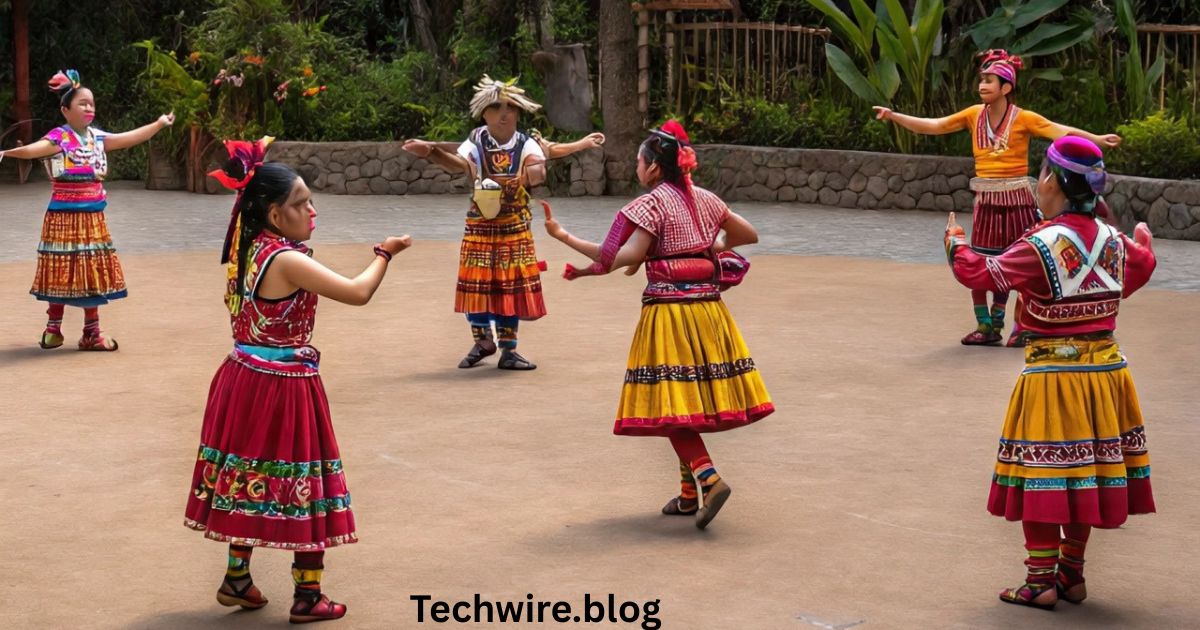Huayqear Pegar Entre Varios Quechua

The phrase “Huayqear pegar entre varios Quechua” is a linguistically rich and culturally intriguing combination of Spanish and Quechua—languages that have coexisted in the Andean region of South America for centuries. At first glance, the phrase may appear cryptic, but it opens a door into the complex world of indigenous languages, cultural integration, and societal dynamics in multilingual communities. In this article, we’ll explore what the phrase could mean, examine the cultural and linguistic relevance of Quechua, and analyze the significance of collective action and communication in indigenous societies.
For broader context, refer to the Quechua language Wikipedia page.
Understanding the Phrase: “Huayqear Pegar Entre Varios Quechua”
Breaking down the phrase:
- “Huayqear”: This appears to be a hybrid or phonetic interpretation of a Quechua or Spanish verb. It is not a standard Spanish word, and might represent a misspelling or variant of a local Quechua action word—perhaps related to “huayquear” or “huayquearse,” which could be linked to movements, war cries, or collective vocalizations in some dialects.
- “Pegar”: A Spanish verb meaning “to hit” or “to stick.” It can also metaphorically refer to a fight or confrontation.
- “Entre varios”: Spanish for “among several,” indicating group involvement.
- “Quechua”: This refers to either the Quechua people or the Quechua languages—a family of indigenous languages spoken in the Andes.
Putting it together, “Huayqear pegar entre varios Quechua” could roughly translate to “To strike or fight among several Quechua” or possibly “to create noise/conflict jointly among Quechua individuals.” It may also refer to some form of communal behavior, confrontation, or traditional group action.
The Cultural Significance of the Quechua People
The Quechua people are one of the most prominent indigenous groups in South America, particularly in countries like Peru, Bolivia, Ecuador, and parts of Colombia and Argentina. Their historical lineage dates back to the Inca Empire, where Quechua was the official language used for administration and cultural propagation.
According to Wikipedia, the Quechua today number in the millions and continue to practice traditional agriculture, weaving, music, and communal living, despite the pressures of modernization and globalization.
Language and Expression in Quechua Society
In traditional Quechua societies, oral expression and community participation are central to communication. Whether in storytelling, rituals, songs, or assemblies (ayllu gatherings), speaking and acting as a group is integral to their identity. This is possibly where the idea of “pegar entre varios Quechua” (striking or acting collectively) originates.
1. Ritual Chanting and Collective Voice
Many Quechua ceremonies involve collective chanting or vocalizations that may resemble the term “huayqear.” These expressions often serve purposes like:
- Honoring Pachamama (Mother Earth)
- Invoking protection or blessing
- Celebrating harvest or solstice rituals
- Uniting voices during political protest or land rights demonstrations
Such acts of group communication play a powerful role in preserving cultural identity.
Collective Action in Quechua Communities
The concept of doing something “entre varios” (among several) is rooted deeply in the Quechua value of community cooperation. Several traditional practices highlight this:
1. Ayllu System
An ayllu is a traditional form of community organization where members share land, work collectively, and make decisions communally. In this context, any action—be it celebration, construction, or resistance—is a collective endeavor.
2. Minka and Ayni
- Minka: Voluntary collective labor for the benefit of the community.
- Ayni: A reciprocal relationship—“I help you today, you help me tomorrow.”
These forms of social labor and mutual aid are still practiced and could be metaphoric “pegar” (joining or sticking together) for a cause.
Interpretation Through Social Lens: Conflict or Solidarity?
Depending on the usage, “huayqear pegar entre varios Quechua” can be interpreted in two opposing ways:
Interpretation 1: Conflict Amongst Quechua Groups
There are instances where indigenous groups may experience internal disputes—over resources, political affiliations, or cultural interpretations. In such cases, “pegar entre varios” could point to intra-community conflict.
Interpretation 2: Unified Resistance or Celebration
A more likely and culturally positive interpretation is unity through expression, where multiple Quechua members gather to huayqear—perhaps shout, chant, or stand united. Examples include:
- Protests against mining or land seizure
- Celebratory marches during Inti Raymi or harvest festivals
- Community-driven projects where voice and hand unite for progress
Preservation of Quechua Language and Culture
UNESCO lists Quechua as a vulnerable language despite having millions of speakers. However, efforts are underway to preserve and revive its use:
- Bilingual education programs in Peru and Bolivia
- Inclusion of Quechua in public signage and government communications
- Digital platforms like Runasimipi (Quechua-Spanish dictionary apps)
- Cultural events promoting traditional music and attire
Understanding expressions like huayqear pegar entre varios contributes to this linguistic richness, even if the phrase is evolving or modernized.
Influence in Popular Culture and Modern Discourse
The integration of Quechua expressions into Spanish or other regional languages has become more common, particularly in:
- Andean music: Bands and artists incorporate Quechua lyrics.
- Political rhetoric: Indigenous leaders often mix Quechua and Spanish to assert cultural pride.
- Street protest language: Hybrid terms like “huayqear” might emerge as rallying cries or slogans.
Such usage blurs linguistic boundaries but also amplifies indigenous visibility in the public sphere.
Conclusion: More Than Just Words
The phrase “huayqear pegar entre varios Quechua” may at first appear ambiguous, but it opens a nuanced window into the world of Quechua language, communal life, cultural expression, and resistance. Whether it refers to an actual act of conflict or unity, it encapsulates the dual essence of many indigenous languages: deeply metaphorical and socially grounded.
Exploring such phrases reminds us of the power of language to convey not just meaning, but heritage, emotion, and social purpose. In a world of increasing linguistic homogenization, recognizing and interpreting such expressions is crucial to sustaining the voices of indigenous cultures.




